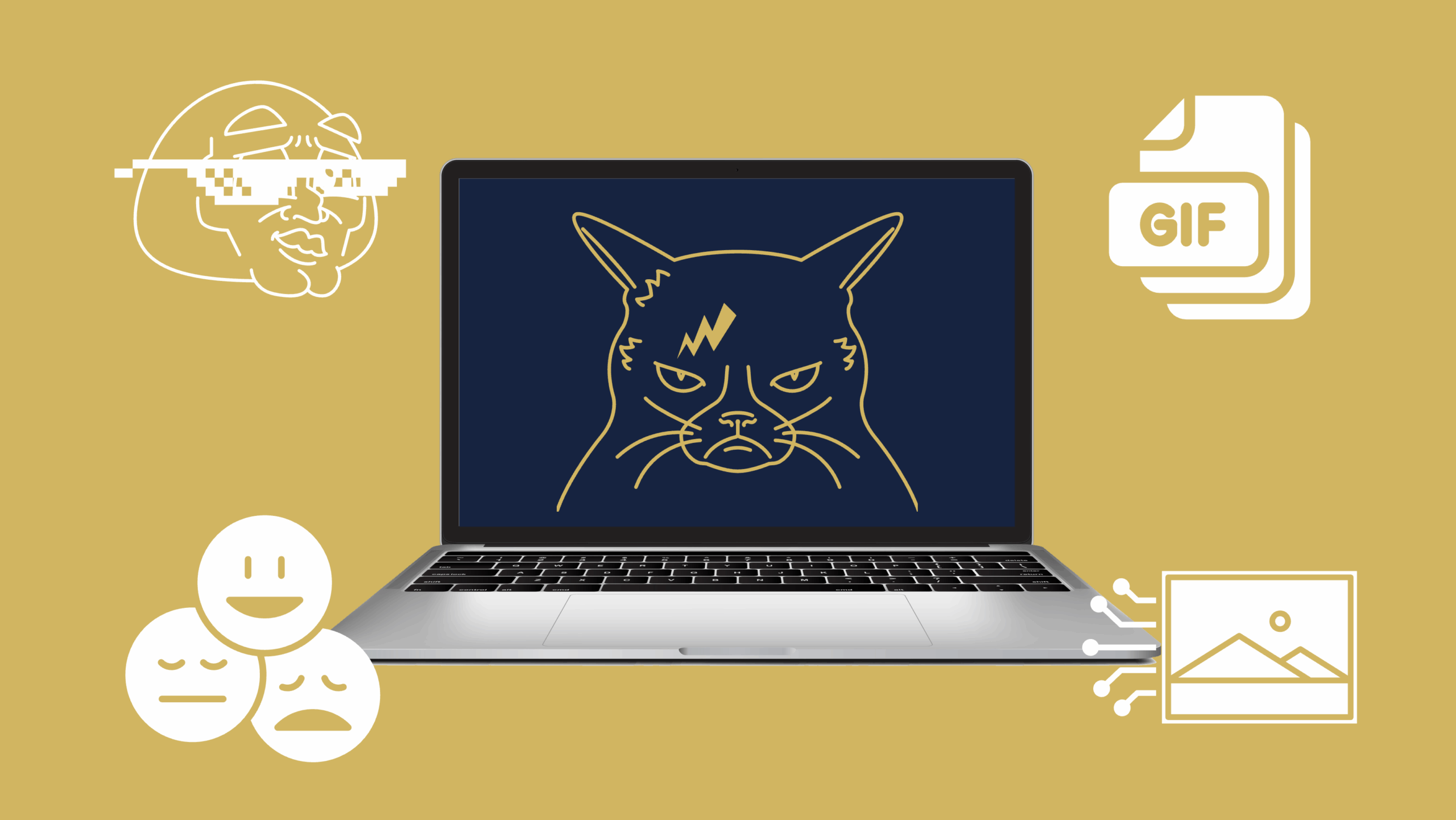In a world saturated with information—emails, messages, dashboards, intranets, and endless Slack channels—one might not expect that the humble meme, emoji, or GIF could offer any real value in the workplace. But far from being frivolous, these forms of modern digital expression are rapidly becoming essential tools for cutting through the noise, restoring human connection in virtual environments, and unlocking the creativity and psychological safety needed for effective teamwork.
What Is a Meme—Really?
Originally coined by evolutionary biologist Richard Dawkins (1976), a meme was defined as a unit of cultural transmission, akin to a gene in its ability to replicate, mutate, and spread across populations. In the age of the internet, the term has evolved to encompass visual and textual formats like images, GIFs, emojis, and AI-generated art, which convey meaning quickly and often humourously. These modern memes are not just tools for entertainment; they are compressed cultural artefacts—rich in emotional nuance and social context.
Today, we can extend the definition of memes to include:
- GIFs, which convey emotion or reactions more vividly than static text.
- AI-generated art trends, which remix cultural styles into new visual languages.
- Emojis, which supplement or even replace language in conveying tone and affect.
These units of media act as shorthand for complex ideas, feelings, or social norms, shared and reshaped within communities and workplaces alike.
1. Cutting Through the Noise
In information-dense digital environments, brevity is power. Memes are cognitively efficient. A single image or emoji can:
- Replace multiple lines of explanation
- Grab attention in overstuffed feeds
- Offer a humourous “hook” that boosts recall
According to Mayer’s (2009) Cognitive Theory of Multimedia Learning, people learn better from words and pictures than from words alone. Visuals reduce cognitive load and enhance message retention, making memes an effective tool for internal communications, especially in remote or hybrid setups where asynchronous channels dominate.
Memes and GIFs can also engage the brain’s reward system. Humour activates the ventromedial prefrontal cortex and amygdala (Mobbs et al., 2003), which supports attention and emotional tagging—critical for standing out in a sea of emails.
2. Restoring Emotional Cues in Remote Work
Digital communication strips away much of what makes human interaction… human. Non-verbal signals like facial expressions, tone, and body language are often lost, especially in chats or cameras-off meetings. Memes and emojis help restore emotional bandwidth.
- Emojis can replicate facial expressions, shifting tone from ambiguous to warm, playful, or empathetic (Skovholt et al., 2014).
- GIFs and reaction memes provide affective presence—the ability to transmit emotion in a team—even when video isn’t used (Wang et al., 2020).
- AI-generated content and stylised memes allow creative expression that resonates more personally than generic stock visuals.
In psychological terms, these media elements enhance emotional contagion, the subconscious sharing of moods and emotions, which is vital for empathy, trust, and collaboration (Hatfield et al., 1994).
3. Creating Deeper Social Bonds
Memes create shared language. A well-placed joke or GIF isn’t just funny—it’s an invitation to connection. In this way, memes foster a sense of psychological safety, which Edmondson (1999) identified as essential for team learning and performance.
Humour, in particular, is socially binding:
- It releases endorphins and activates the parasympathetic nervous system, helping people relax (Dunbar et al., 2012).
- Relaxation supports divergent thinking, increasing creativity and problem-solving potential (Isen et al., 1987).
- Shared humour enhances in-group bonding, helping employees feel like they belong (Martin, 2007).
A workplace that encourages authentic expression through memes, emojis, and visual creativity signals that it values culture, not just compliance. This becomes especially important in remote and hybrid teams, where casual social moments are rare and harder to orchestrate.
Final Thoughts
In the past, “professionalism” may have meant a sterile tone and minimal self-expression. But in a world of distributed teams and digital communication, we need new ways to bring humanity back to work. Memes, GIFs, emojis, and AI-generated visuals are more than fun—they are fast, affective, and cognitively efficient forms of communication that build culture, trust, and creativity.
They help us be seen, heard, and felt—even when we’re far apart.
References
Dawkins, R. (1976). The Selfish Gene. Oxford University Press.
Dunbar, R. I. M., Baron, R., Frangou, A., Pearce, E., Van Leeuwen, E. J., Stow, J., … & van Vugt, M. (2012). Social laughter is correlated with an elevated pain threshold. Proceedings of the Royal Society B: Biological Sciences, 279(1731), 1161–1167. https://doi.org/10.1098/rspb.2011.1373
Edmondson, A. (1999). Psychological safety and learning behavior in work teams. Administrative Science Quarterly, 44(2), 350–383. https://doi.org/10.2307/2666999
Hatfield, E., Cacioppo, J. T., & Rapson, R. L. (1994). Emotional contagion. Cambridge University Press.
Isen, A. M., Daubman, K. A., & Nowicki, G. P. (1987). Positive affect facilitates creative problem solving. Journal of Personality and Social Psychology, 52(6), 1122–1131. https://doi.org/10.1037/0022-3514.52.6.1122
Martin, R. A. (2007). The Psychology of Humor: An Integrative Approach. Elsevier Academic Press.
Mayer, R. E. (2009). Multimedia Learning (2nd ed.). Cambridge University Press.
Mobbs, D., Greicius, M. D., Abdel-Azim, E., Menon, V., & Reiss, A. L. (2003). Humor modulates the mesolimbic reward centres. Neuron, 40(5), 1041–1048. https://doi.org/10.1016/S0896-6273(03)00751-7
Skovholt, K., Grønning, A., & Kankaanranta, A. (2014). The communicative functions of emoticons in workplace emails. Journal of Computer-Mediated Communication, 19(4), 780–797. https://doi.org/10.1111/jcc4.12063
Wang, L., Waldman, D. A., & Zhang, H. (2020). A meta-analysis of shared leadership and team effectiveness. Journal of Applied Psychology, 105(10), 1136–1150. https://doi.org/10.1037/apl0000480

